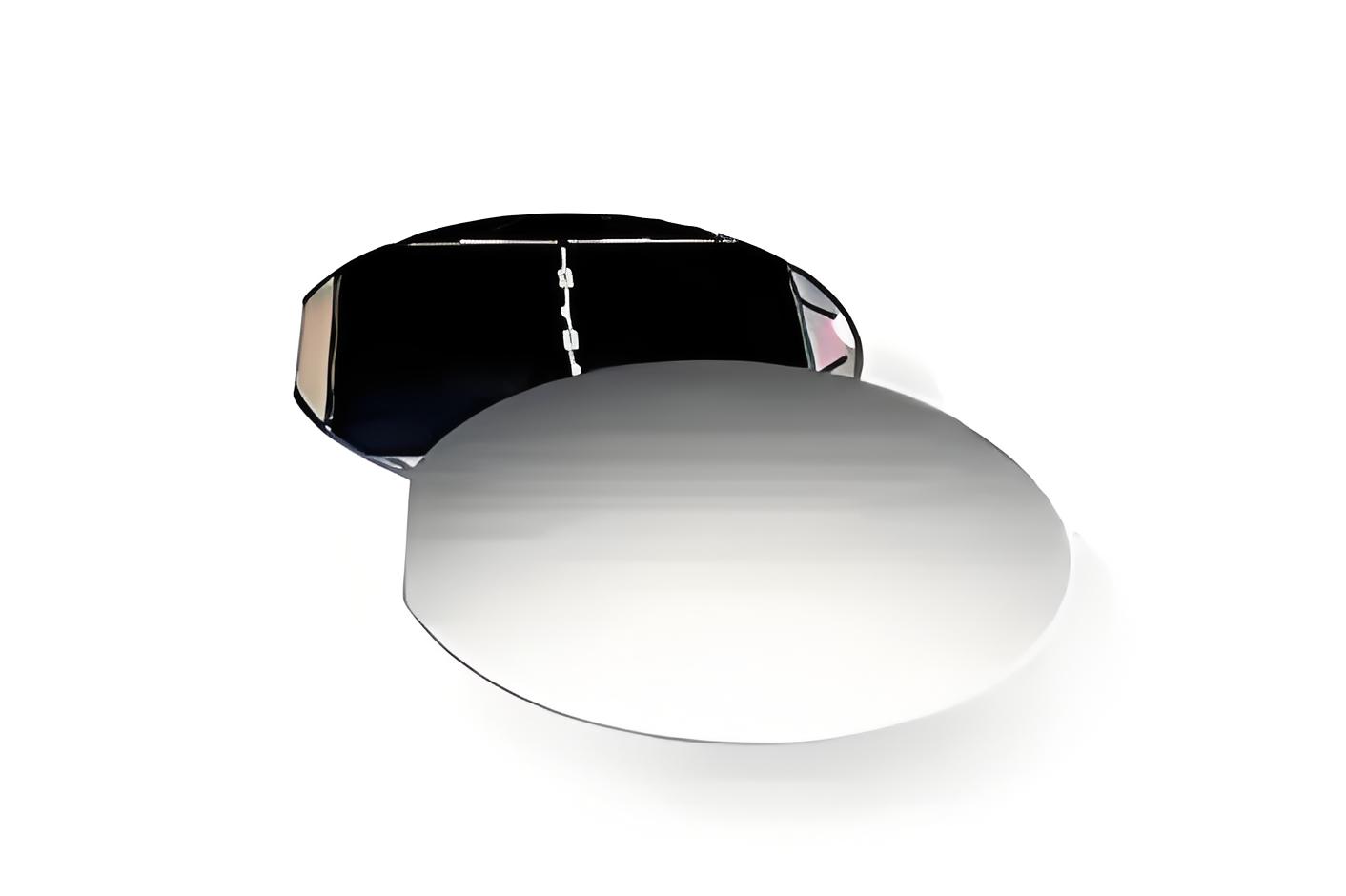During the grinding process of Ge wafers, due to the physical and chemical properties of the material itself (such as low hardness, high brittleness, easy oxidation, temperature sensitivity, etc.), problems such as surface damage, dimensional accuracy deviation, and contamination are prone to occur when grinding on a dedicated
Ge wafer lapping machine.
Surface Scratches (Coarse Scratches, Fine Scratches)Causes:
-
Presence of large abrasive particles or impurities in the grinding fluid (e.g., abrasive agglomeration, external dust mixing).
-
Mismatched abrasive hardness (excessively high hardness easily causes scratches, while excessively low hardness reduces efficiency).
Solutions:
-
Select high-purity abrasives with good dispersibility (e.g., diamond micropowder, SiC abrasives). Use ultrasonic dispersion to treat the grinding fluid before use to avoid abrasive agglomeration.
-
Regularly filter the grinding fluid to remove impurities and large particles; replace it with new fluid if necessary.
-
Regularly dress the grinding plate on the Ge wafer lapping machine (e.g., flattening with a diamond dresser) and clean embedded particles on the plate surface to ensure flatness.
-
Choose abrasives with appropriate hardness according to the Ge wafer’s hardness. Use coarse-grained abrasives in the early grinding stage to improve efficiency, and switch to fine-grained abrasives later to reduce scratches.
Surface Chipping and NotchesCauses:
-
High brittleness of Ge wafers, excessive grinding pressure, or uneven pressure distribution.
-
Excessively high rotational speed of the grinding plate, leading to excessive friction between the Ge wafer and the plate.
-
No pre-treatment on the Ge wafer edge (e.g., microcracks on the edge after slicing).
Solutions:
-
Adopt segmented pressure control: use low pressure for running-in in the early stage, and gradually adjust the pressure later to ensure uniform pressure.
-
Reduce the rotational speed of the grinding plate and adjust parameters according to abrasive grain size (slightly higher speed for rough grinding, lower speed for fine grinding).
-
Perform edge chamfering on the Ge wafer after slicing to remove edge microcracks and avoid chipping caused by stress concentration during grinding.
Uneven Thickness and Flatness DeviationCauses:
-
Out-of-tolerance flatness of the grinding plate, resulting in uneven grinding amount in different areas of the Ge wafer.
-
Improper clamping method of the Ge wafer (e.g., single-point pressure, loose clamping).
-
Uneven distribution of grinding fluid, leading to insufficient abrasives or poor heat dissipation in local areas.
Solutions:
-
Regularly inspect the flatness of the grinding plate. Use a diamond dresser or cast iron grinding block to flatten it, ensuring the flatness error is within the allowable range.
-
Adopt multi-point pressure, vacuum adsorption, or fixture clamping to ensure full contact between the Ge wafer and the grinding plate, uniform force, and avoid loose clamping.
-
Optimize the grinding fluid spraying system to ensure uniform spraying; add a stirring device if necessary to prevent abrasive sedimentation.
Low Grinding EfficiencyCauses:
-
Excessively fine abrasive grain size or insufficient concentration.
-
Too low grinding pressure and rotational speed.
-
Inappropriate material of the grinding plate (e.g., overly soft plate surface causes abrasives to embed rather than cut).
Solutions:
-
Select abrasive grain size reasonably: use coarse grains (e.g., 10-20μm) in the early stage to quickly remove the allowance, and gradually switch to fine grains later.
-
Appropriately increase grinding pressure and rotational speed without causing damage, while ensuring heat dissipation.
-
Select a grinding plate with moderate hardness (e.g., cast iron plate, resin-bonded diamond grinding plate) and match the abrasive type to improve cutting efficiency.
Grinding of Ge wafers needs to address issues such as surface damage, dimensional deviation, and low efficiency by optimizing abrasive selection and treatment, controlling grinding pressure and rotational speed, and ensuring the accuracy of the grinding plate and the rationality of clamping, in response to the material’s characteristics of low hardness and high brittleness.












